RIVM 2018-0120: Pilot Belevingsthermometer - Gauging the perception of safety of people living in the vicinity of chemical industries
[ Source: RIVM, https://www.rivm.nl/publicaties/peilen-van-veiligheidsbeleving-en-informatiebehoeften-van-omwonenden-rond, DOI 10.21945/RIVM-2018-0120 ]
Summary
The Ministry of Infrastructure and Water Management (IenW) has asked RIVM to develop an instrument that can be used to assess how safe people living near chemical industries feel. In a pilot project, the first draft of the instrument was developed and tested in two citiesː one with a large chemical industry in the vicinity (Zaandam), and one with a few chemical companies in the city (Deventer).
The main objective of this research is to develop a new instrument. The developed instrument consists of a questionnaire that provides insight into how safe local residents experience activities with hazardous substances. The answers also reveal which factors are related to their perception of safety. The questionnaire appears to be suitable for measuring safety perception and can be used periodically to observe trends. The RIVM also makes concrete suggestions for improving the questionnaire, such as adjusting the sequence of the questionnaire. In addition, an effective method must be chosen to recruit sufficient representative participants.
In addition to the developed methodology, this report also contains some substantive outputs of the pilot. Because the participants in the pilot did not sufficiently reflect the inhabitants of the two cities, the substantive proceeds of the pilot are indicative.
This research shows that participants from the city with a few chemical companies experience safety more positively than participants from the city close to a lot of chemical industry. The factor that is most related to the perception of safety is the extent to which people are positive about the environment in which they live. The more positive people are about their living environment, the more positive their perception of safety is, and vice versa. The degree to which people trust authorities and companies to prevent accidents is also related to the perception of safety. The greater this trust, the greater the perception of safety and vice versa. The same applies to the confidence that emergency services are able to limit the consequences of an accident involving hazardous substances. Finally, people also feel safer if they trust that they themselves can limit the consequences of a possible accident.


